Urban Forest Buffer
Purpose/Function:
The riparian area is managed to maintain the integrity of stream channels and shorelines, to reduce the impacts of upland sources of pollution by trapping, filtering and converting sediments, nutrients and other chemicals.
Initiation protocol:
Check with your local watershed organization or faith based organization as many have tree planting projects throughout the year.
Public acceptance:
Widely accepted as a practice.
Implementation Factors (level of difficulty):
Easy to Moderate. Many local watershed organizations organize planting projects and can assist with volunteer recruitment.
Funding Sources / Options:
Funding is available through Chesapeake Bay Trust Restoration Grant Program, MD DNR Forest Service, and Maryland’s Tributary and Wetland Restoration Fund. Additional funding is available from the Chesapeake and Atlantic Coastal Bays Trust Fund, state operating and capital budgets and existing federal programs.
Costs:
Costs estimated as $ per acre of impervious surface treated.
| Cost Estimates | EPA | King & Hagan | Average |
| Initial | $1,791 | $11,224 | $6,507.50 |
| Annual | $- | $412 | $206 |
| Lifespan (yrs) | 20 | 20 | 20 |
| Annualized | $89.55 | $973.20 | $531.38 |
Note: K&H estimates 2.94 acres of impervious surface treated per acre of practice. Therefore, the value from the K&H report was multiplied by 2.94 to obtain these figures. SHA indicates that that the lifespan of a forest buffer project can be significantly higher than 20 years.
Load Reduction Efficiency:
Total Nitrogen removed per acre of practice per year
|
Low 3.75 lbs. |
Medium 7.89 lbs. |
High 15.69 lbs. |
Cost per pound removed = between $34 and $142
Total Phosphorous removed per acre of practice per year
|
Low 0.28 lbs. |
Medium 0.47 lbs. |
High 0.86 lbs. |
Cost per pound removed = between $621 and $1,902
Total Suspended Solids removed per acre of practice per year
|
Low 55 lbs. |
Medium 108 lbs. |
High 406 lbs. |
Cost per pound removed = between $1.31 and $9.61
Operation & Maintenance:
The first few years of a planting projects success relies heavily on watering and protection of the new trees planted.
Climate Change Considerations:
Trees serve as a valuable carbon sink.
Planning Questions to Consider:
Current buried infrastructure and utilities need to be assessed prior to committing to plant trees in the urban setting. Future land use planning and size of the tree at maturity need to be considered. Some municipalities have seen a challenge with storm drain contamination and clogging with urban tree planting projects.
Helpful Links:
Local Project Examples:
Planted 5 acres with 1,200 trees at the headwaters of an impaired stream
Funding Source: $40,000 from MD DNR’s Stream Restoration Challenge
-
- SMS teacher designed planting areas based on input from CRA and school (free)
- Hole-digging for the trees was done by a county employee (free; partnership, donated effort from the county)
- Planting was conducted by the MS students with help from DNR volunteers (free; volunteer work)
- Initial watering after planting was conducted by a county employee (free; partnership, donated effort from the county)
Estimated Load Reductions:
Nitrogen – 146 lbs. removed per year @ $274/lb.
Phosphorous – 10 lbs. removed per year @ $4,000/lb.
Suspended sediments – 3,460 lbs. removed per year @ $11.50/lb.
Related Best Management Practices

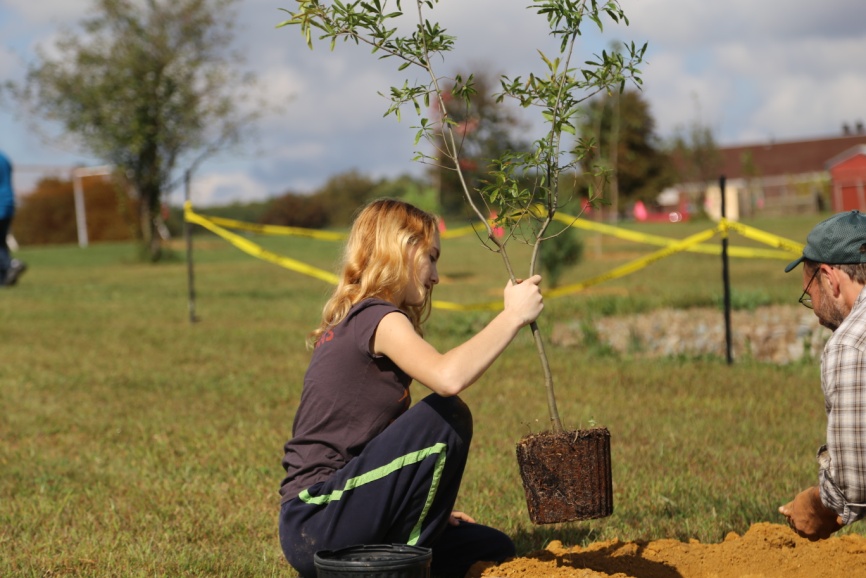
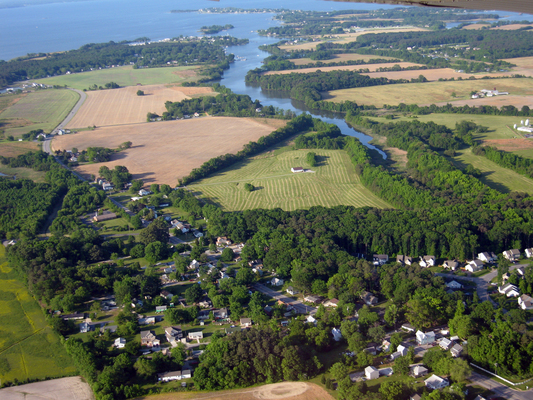
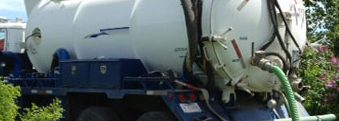


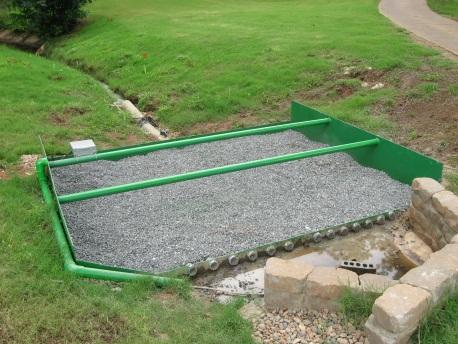
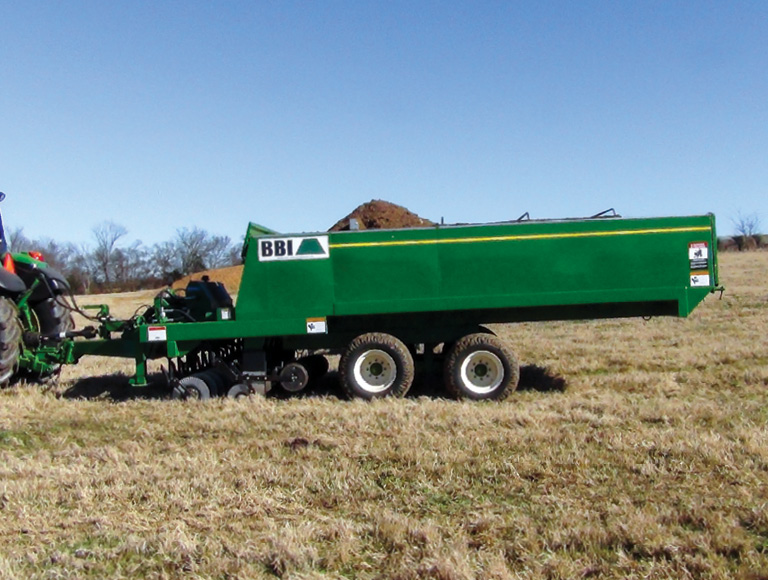
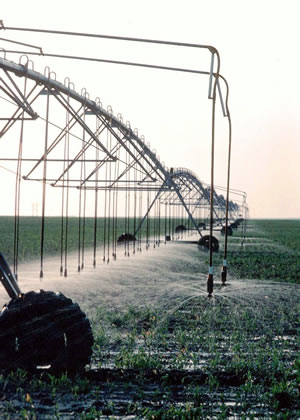
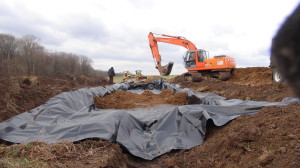
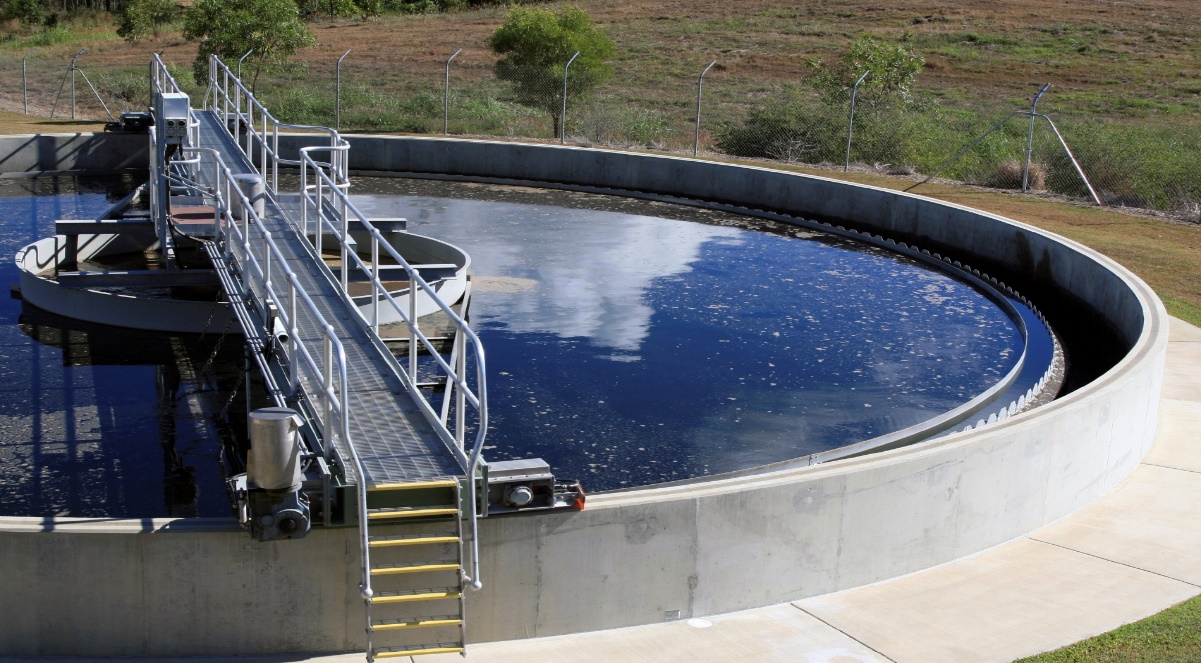


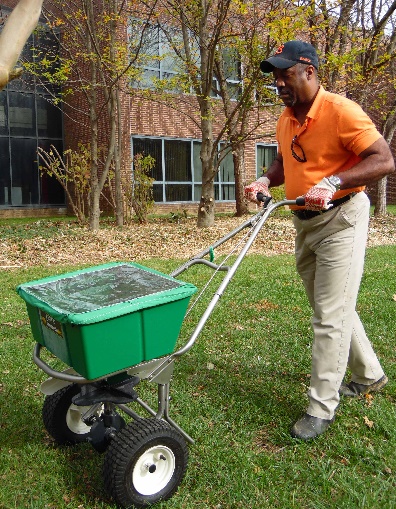

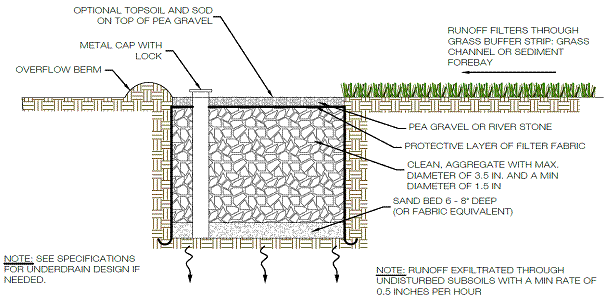
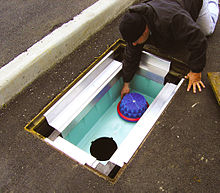
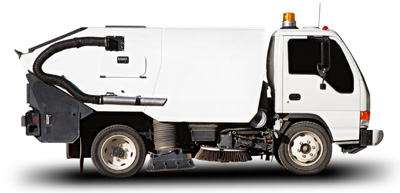
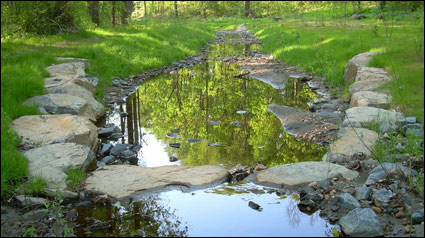
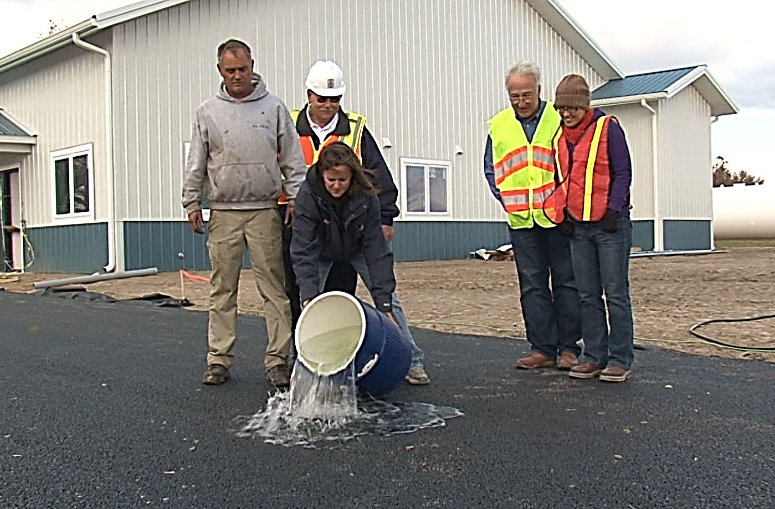
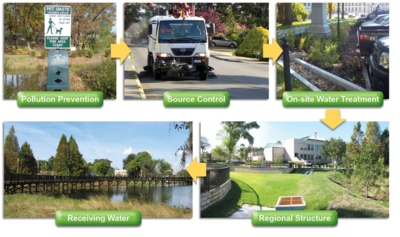
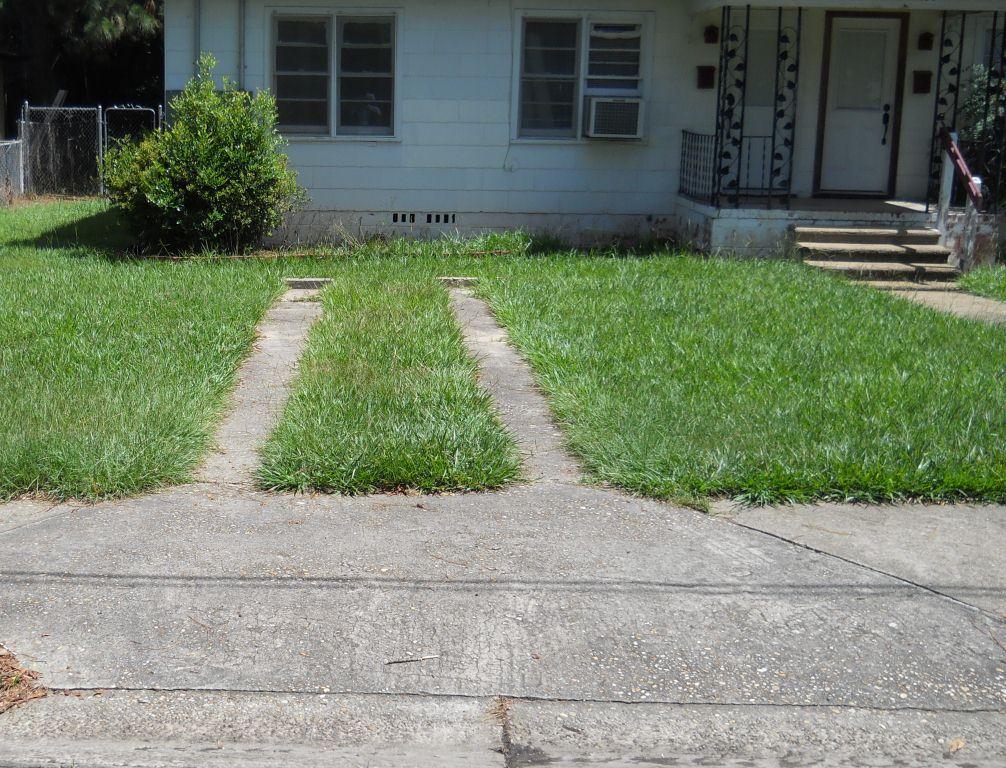

Feedback on This Best Practice